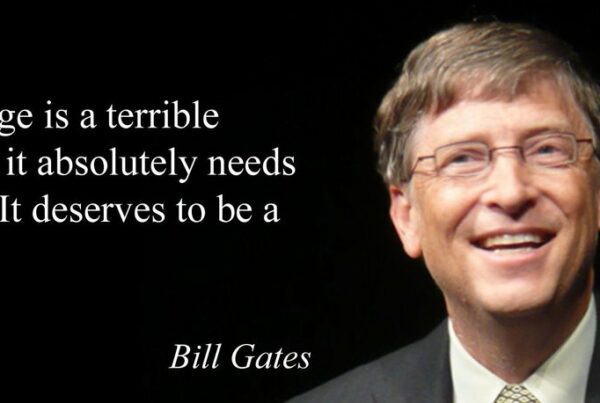Networking is often seen as necessary but burdensome, filled with superficial conversations and an inevitably pressure-filled process. In Taking the Work Out of Networking, Twitter and Google veteran Karen Wickre shares strategies and digital tool-approaches for making connections that don’t feel stressful or contrived. In fact, introverted personalities can even feel akin to thriving in these types of networking environments with the steps recommended by Wickre.
Introverts, as defined by psychologist Carl Jung, draw energy from their inner world and chosen solitude (by contrast, extroverts draw energy from external situations and crowds of people). Introverts can use these proclivities to their advantage in networking as they naturally tend towards traits like perceptivity and high emotional IQ, as well as being excellent listeners.
6 Low-Pressure Tactics to Build Connections:
- Build an Inclusive Network – Include people from a range of roles, such as friends, present and past co-workers, former employers, professional contacts, recruiters, and people you meet at conferences or workshops. Add virtual contacts as well, like LinkedIn connections and people who you follow (or follow you) on Twitter and Instagram. Your network gains power and influence as you add contacts with specialized knowledge and diverse viewpoints. Be motivated to help others and contribute to an exchange, rather than connecting with others in order to “gain something.”
- Connect Virtually with Others – Networking through the strategic integration and use of digital communication tools makes the activity less time-consuming and labor-intensive. LinkedIn is excellent for building professional networks and connecting with job seekers; the stream of topics on Twitter is ideal for connecting with companies and gathering information; and Instagram holds its own as a visually-driven place for creative people to connect.
- Keep in “Loose Touch” – Practice a little bit each day, by tending to your network. Don’t just revert to the network or conversation when you need something. Practice consistent contributions and publishing, even if it seems micro-level at first.
- Leverage “Weak Ties” – “Weak ties” are slight acquaintances who inhabit social and professional circles distinct from your usual orbit. These contacts offer access to information that you may not normally encounter.
- Join a Crowd – In-person networking is unavoidable, so evaluate ways you can participate that feel most authentic to you. You don’t have to schmooze with everyone. Choose activities, like workshops or organized company off-site meet-ups, that offer a chance to learn something new and an opportunity to interact with people or companies that you would like to connect with over time.
- Embrace “Small Talk” – Develop small talk skills, such as “ask-questions” to get the other person talking. Use small talk to your advantage, as it can be a key to mitigating potentially overwhelming situations. Small talk doesn’t last forever, so make a circuit of a room and chit-chat briefly with a few people. The digital version of this can include commenting on a post to get the ball rolling.
Digital networking efforts have the best results when you are offering an engaged presence, sharing your general attitude toward life and work. Craft messages and content around the persona that best supports your professional and/or personal goals, while maintaining an authentic approach. “If you’re adept at communicating online, you can make meaningful connections well beyond the people you’d be likely to meet in person,” writes Wickre.
Networking can open doors to insightful new areas and opportunities. By building an inclusive database of people, proactively reaching out, and consistently contributing to the conversation, you’re well on your way to being a more effective (introverted) networker.











